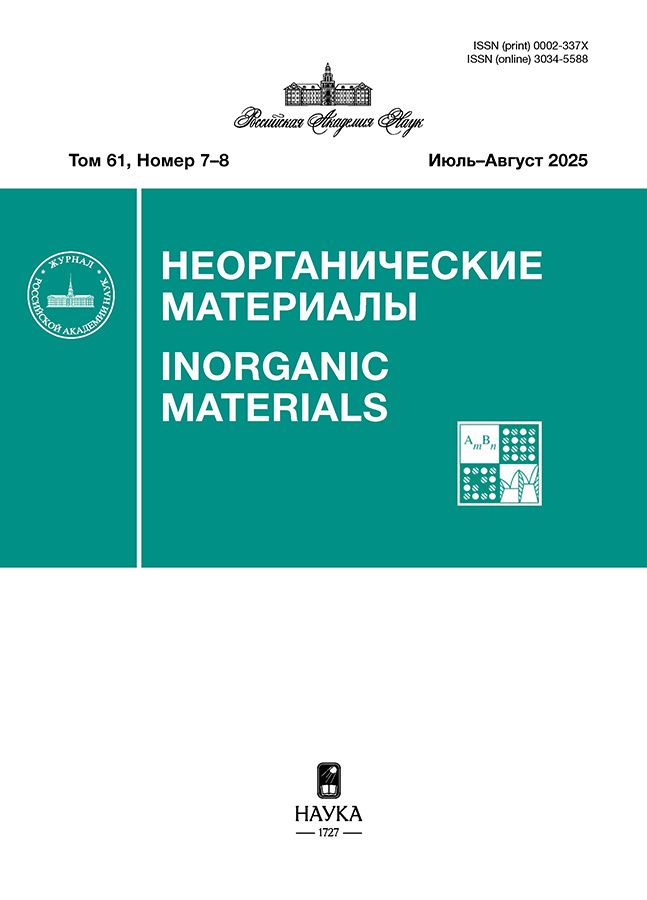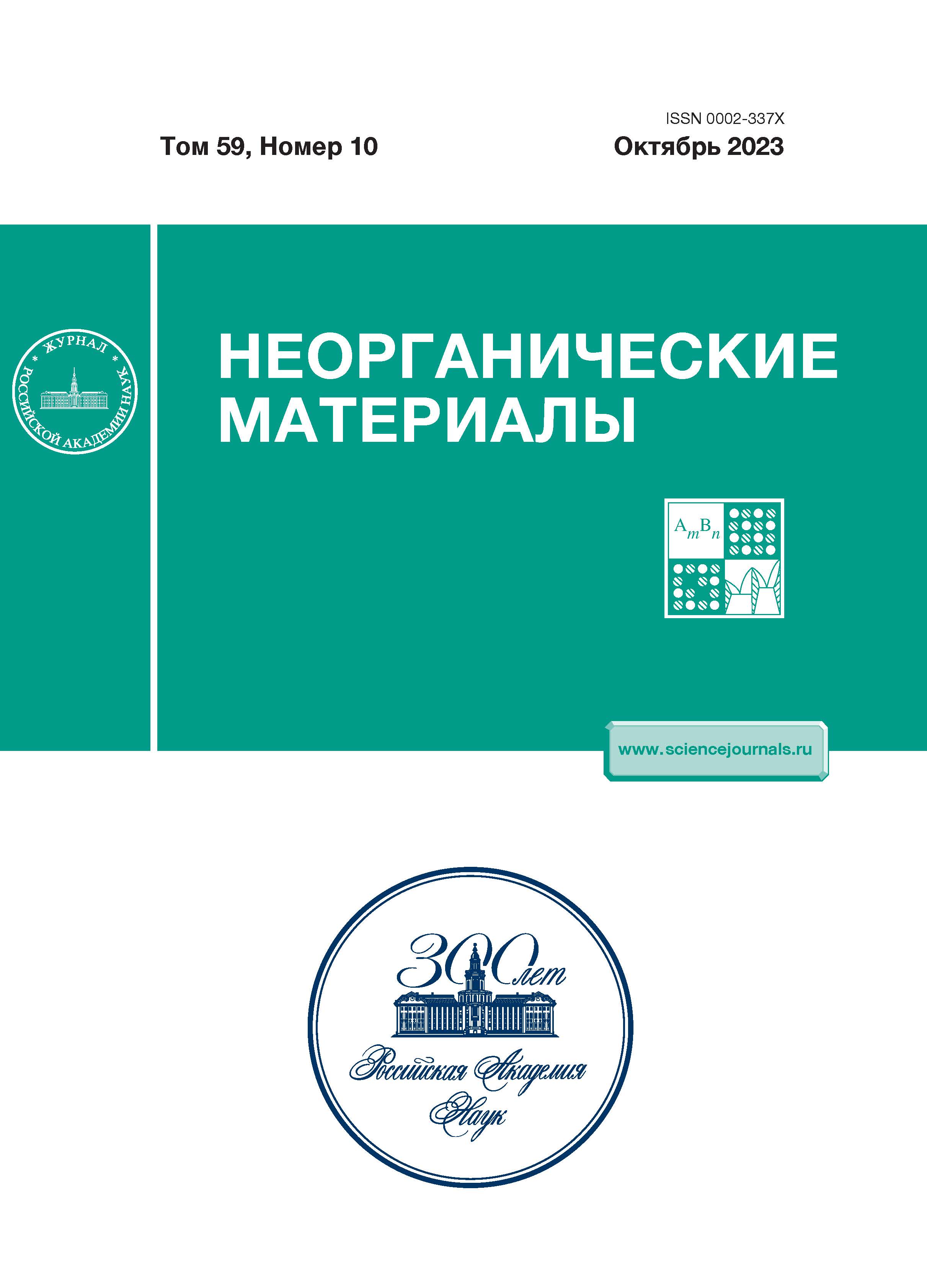Структурные особенности покрытий, наплавленных СВС-электродами СТИМ-2/30 и промышленными электродами Т-590
- Авторы: Жидович А.О.1, Аверичев О.А.2, Иванов А.С.2, Карпов С.В.3
-
Учреждения:
- Институт структурной макрокинетики и проблем материаловедения имени А. Г. Мержанова Российской академии наук (ИСМАН)
- Институт структурной макрокинетики и проблем материаловедения им. А.Г. Мержанова Российской академии наук
- Тамбовский государственный технический университет
- Выпуск: Том 59, № 10 (2023)
- Страницы: 1192-1198
- Раздел: Статьи
- URL: https://rjeid.com/0002-337X/article/view/668112
- DOI: https://doi.org/10.31857/S0002337X23100147
- EDN: https://elibrary.ru/CCLMZW
- ID: 668112
Цитировать
Полный текст
Аннотация
Промышленные электроды для износостойкой наплавки Т-590 и электроды с упрочняющими частицами карбида титана СТИМ-2/30, полученные методом СВС-экструзии, применялись для создания защитных слоев на поверхности стали методом электродуговой наплавки. Исследованы фазовый состав и структура наплавленных покрытий. Установлено, что структура покрытий, наплавленных электродами Т-590, представлена карбидной эвтектикой. Показано, что упрочняющая фаза СВС-электродов TiC переходит в наплавленный слой и распределяется по всей высоте наплавки, а в области сплавления покрытия с подложкой формируется промежуточный диффузионный слой. Наплавленные покрытия имеют твердость и микротвердость в 2–4 раза выше в сравнении со стальной подложкой. Наплавка электродами Т-590 обеспечивает более высокие значения твердости наплавленных слоев, однако увеличение содержания феррита в их структуре может привести к снижению износостойкости. В покрытиях, наплавленных СВС-электродами, формируется благоприятная структура, способная обеспечить высокое сопротивление абразивному изнашиванию.
Ключевые слова
Об авторах
А. О. Жидович
Институт структурной макрокинетики и проблем материаловедения имени А. Г. Мержанова Российской академии наук (ИСМАН)
Email: chij@ism.ac.ru
Россия, Черноголовка, 142432
О. А. Аверичев
Институт структурной макрокинетики и проблем материаловедения им. А.Г. Мержанова Российской академии наук
Email: a10012012@ism.ac.ru
Россия, 142432, Московская обл., Черноголовка, ул. Академика Осипьяна, 8
А. С. Иванов
Институт структурной макрокинетики и проблем материаловедения им. А.Г. Мержанова Российской академии наук
Email: a10012012@ism.ac.ru
Россия, 142432, Московская обл., Черноголовка, ул. Академика Осипьяна, 8
С. В. Карпов
Тамбовский государственный технический университет
Автор, ответственный за переписку.
Email: a10012012@ism.ac.ru
Россия, 392000, Тамбов, ул. Советская, 106/5
Список литературы
- Tulaganova L., Yunushuzhaev S., Juraeva G. Improving the Wear Resistance and Durability of Cultivator Tools // J. Phys. Conf. Ser. 2022. V. 2373. P. 022026. https://doi.org/10.1088/1742-6596/2373/2/022026
- Сацик С.П. Влияние свойств абразивных частиц на износостойкость металлов // Наука без границ. 2019. Т. 32. № 4. С. 54–58.
- Добрин Д.А., Афанасьев А.В., Митусов С.С., Пикулева И.М. Современные технологии упрочнения рабочих органов почвообрабатывающих машин // Инновационные технологии, оборудование и материальные заготовки в машиностроении: сб. тр. Междун. науч.-технической конф. (Москва, 24–26 мая 2022 года). М.: МашТех, 2022. С. 293–295.
- Jankauskas V., Katinas E., Pusvaškis M. A Study of the Durability of Hardened Plough Point // J. Frict. Wear. 2020. V. 41. P. 78–84. https://doi.org/10.3103/S1068366620010171
- Begori V., Reddy C., Raghupathi. Tribological Characteristics of Stellite Hard faced Layer on Mild Steel // IOP Conf. Ser.: Mater. Sci. Eng. C. 2022. V. 1248. P. 012039. https://doi.org/10.1088/1757-899X/1248/1/012039
- Учкин П.Г. Исследование покрытий рабочих органов глубокорыхлителей, восстановленных плазменной наплавкой // Изв. ОГАУ. 2021. Т. 89. № 3. С. 126–131.
- Томарев Г.И., Кязымов Ф.А., Валитов М.З., Персиянов С.В. Износостойкий наплавочный материал: Пат. № 2644718 РФ. Б. И. № 5. 9 с.
- Столин А.М., Бажин П.М. Получение изделий многофункционального назначения из композитных и керамических материалов в режиме горения и высокотемпературного деформирования (СВС-экструзия) // ТОХТ. 2014. Т. 48. № 6. С. 603–615. https://doi.org/10.7868/S0040357114060116
- Болоцкая А.В., Михеев М.В. Получение методом СВС-экструзии компактных керамических электродных материалов на основе системы Ti‒B‒Fe, модифицированных наноразмерными частицами AlN // Новые огнеупоры. 2020. № 6. С. 51–55. https://doi.org/10.17073/1683-4518-2020-6-51-55
- Столин A.M., Бажин П.М., Михеев М.В., Аверичев О.А., Сагидоллаев А.С., Кылышбаев К.Т. Нанесение защитных покрытий электродуговой наплавкой СВС-электродами // Сварочное производство. 2014. № 8. С. 52–56.
Дополнительные файлы



















